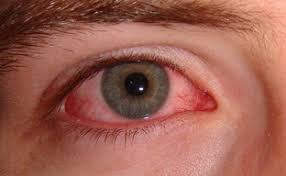The following tips help prevent the spread of pinkeye.
Wash your hands before and after:
Touching the eyes or face.
Using medicine in the eyes.
Do not share eye makeup.
Do not use eye makeup until the infection is fully cured, because you could reinfect yourself with the eye makeup products. If your eye infection was caused by bacteria or a virus, throw away your old makeup and buy new products.
Do not share contact lens equipment, containers, or solutions.
Do not wear contact lenses until the infection is cured. Thoroughly clean your contacts before wearing them again.
Do not share eye medicine.
Do not share towels, linens, pillows, or handkerchiefs. Use clean linens, towels, and washcloths daily.
Wash your hands and wear gloves if you are looking into someone else's eye for a foreign object or helping someone else apply an eye medicine.
When in the wind, heat, or cold, wear eye protection to prevent eye irritation.
Wear safety glasses when working with chemicals.



 Contact Us
Contact Us







 Hospitals
Hospitals
 Doctors
Doctors
 Diagnostic
Diagnostic
 Pharmacy
Pharmacy
 Health Tips
Health Tips
 Blog
Blog

























Comments